Over the past several years, researchers have been working to create renewable, sustainable energy sources to replace fossil fuels in the hopes of saving your planet from climate change.
However, they have hit some roadblocks along the way.
The Power of Wind
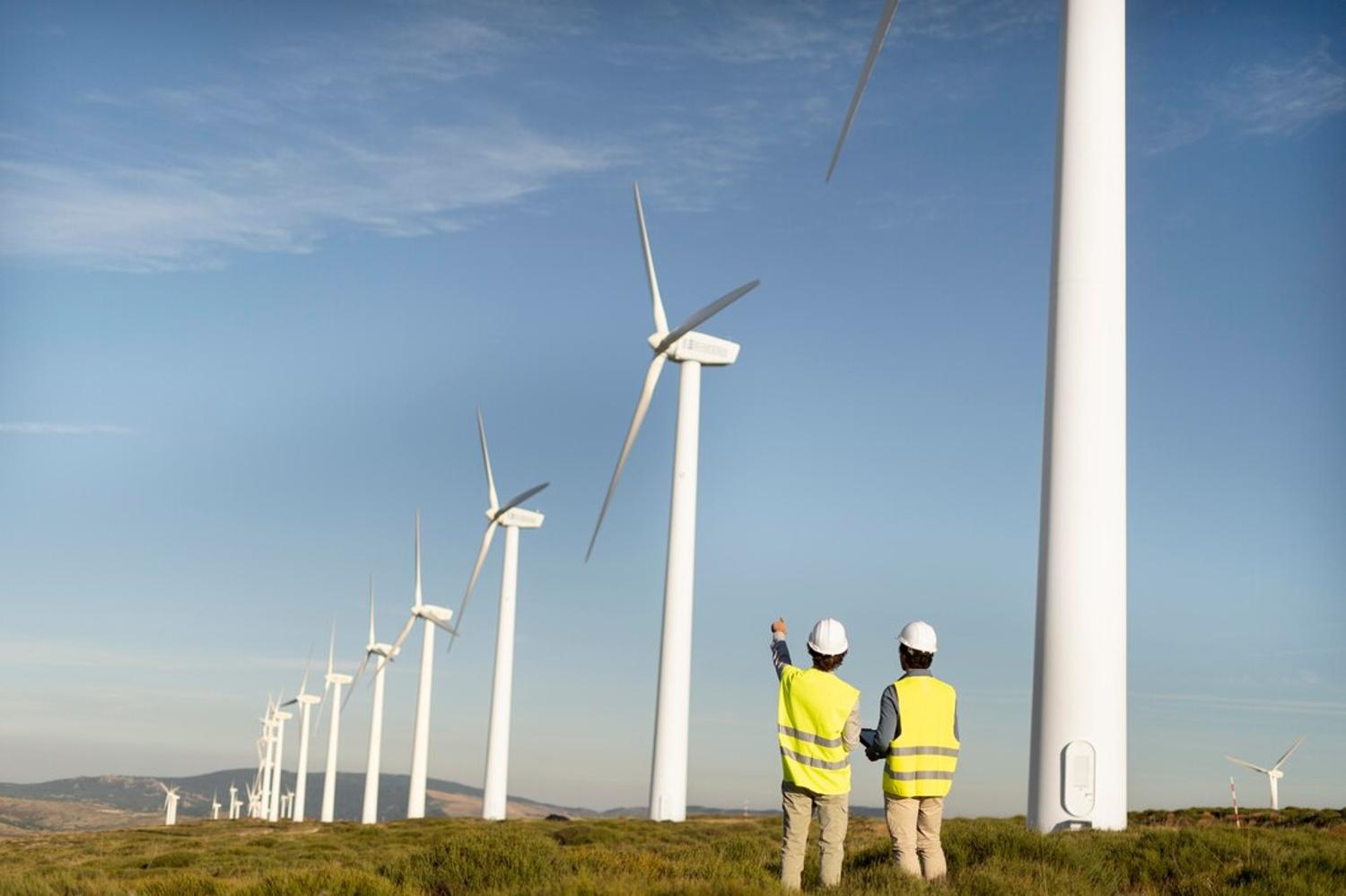
While wind turbines can generate a significant amount of energy, they also take up a substantial amount of space.
But now, a wind turbine out of Japan has solved these problems, and one state in the US has decided to make the switch.
Traditional Wind Turbines
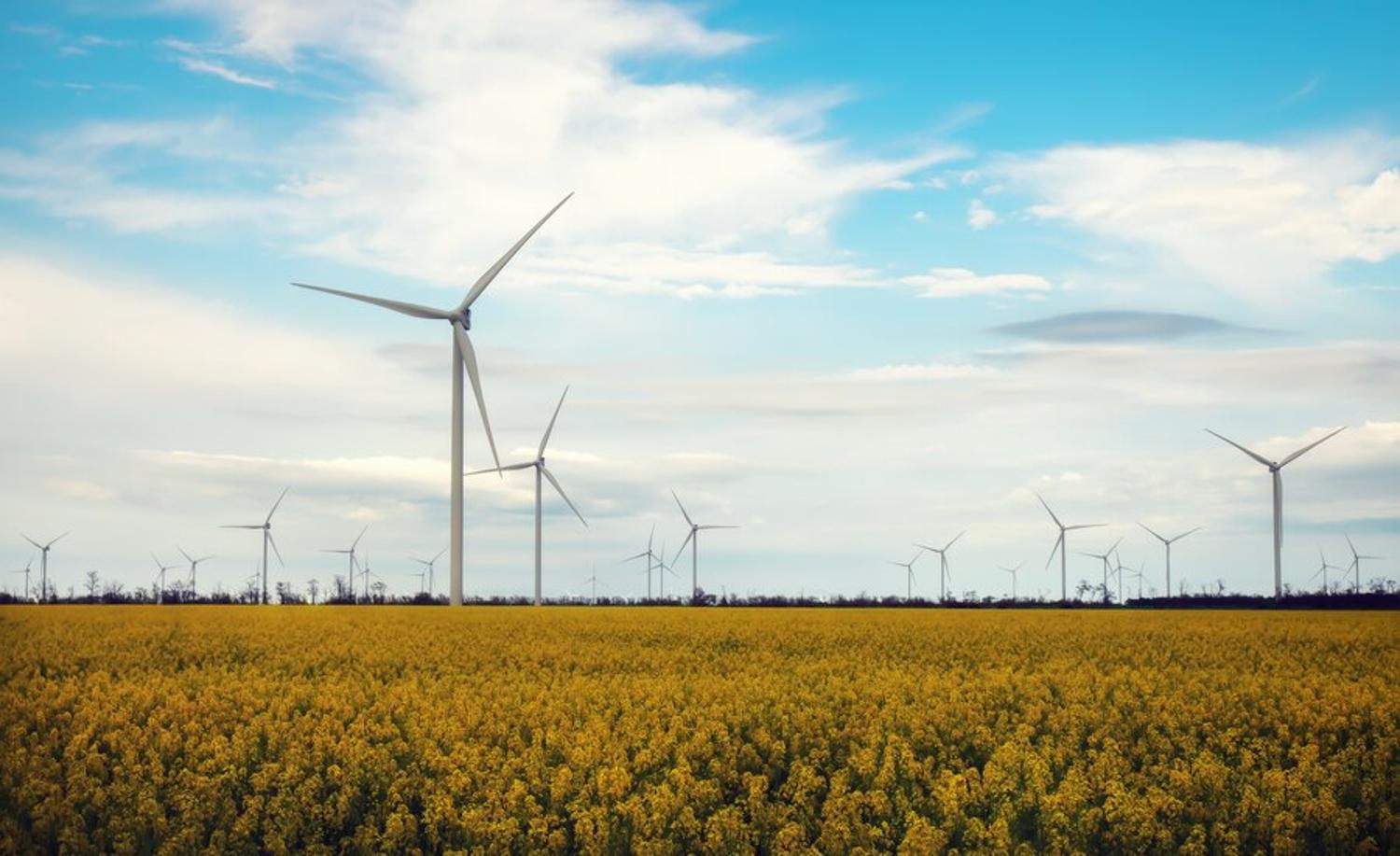
Most people have seen a wind turbine before, at least online, if not in person. They are extremely large, between 200 and 400 feet tall, with three rotor blades that are each up to 200 feet long.
Each wind turbine can produce up to 6 million kilowatts annually, which is enough to supply between 1,000 and 2,000 homes every year. While this is a considerable amount of clean energy, traditional wind turbines do have a few downsides.
Wind Turbines Are Too Large and Need Very Specific Conditions

The first issue is that wind turbines are exceptionally large and, because of their long rotor blades, need to be installed hundreds of feet apart.
This leads to acres upon acres of usable land being covered by just a few wind turbines.
The Need for Certain Locations
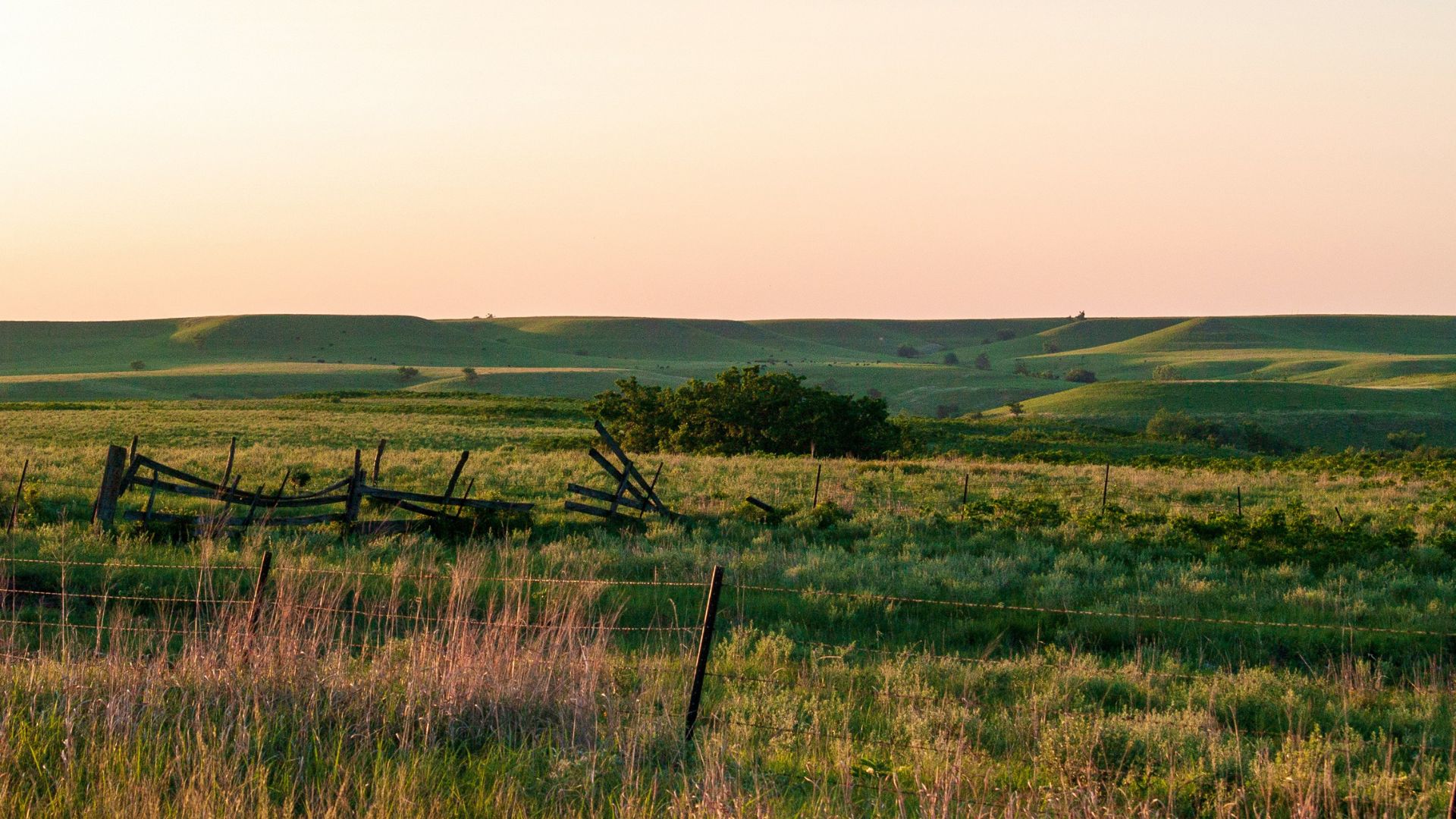
Additionally, a traditional wind turbine needs at least eight mph winds to function and between 30 and 37 mph winds to operate at full capacity.
Therefore, wind turbines can only be used in exceptionally windy locations.
The Threat to Wildlife
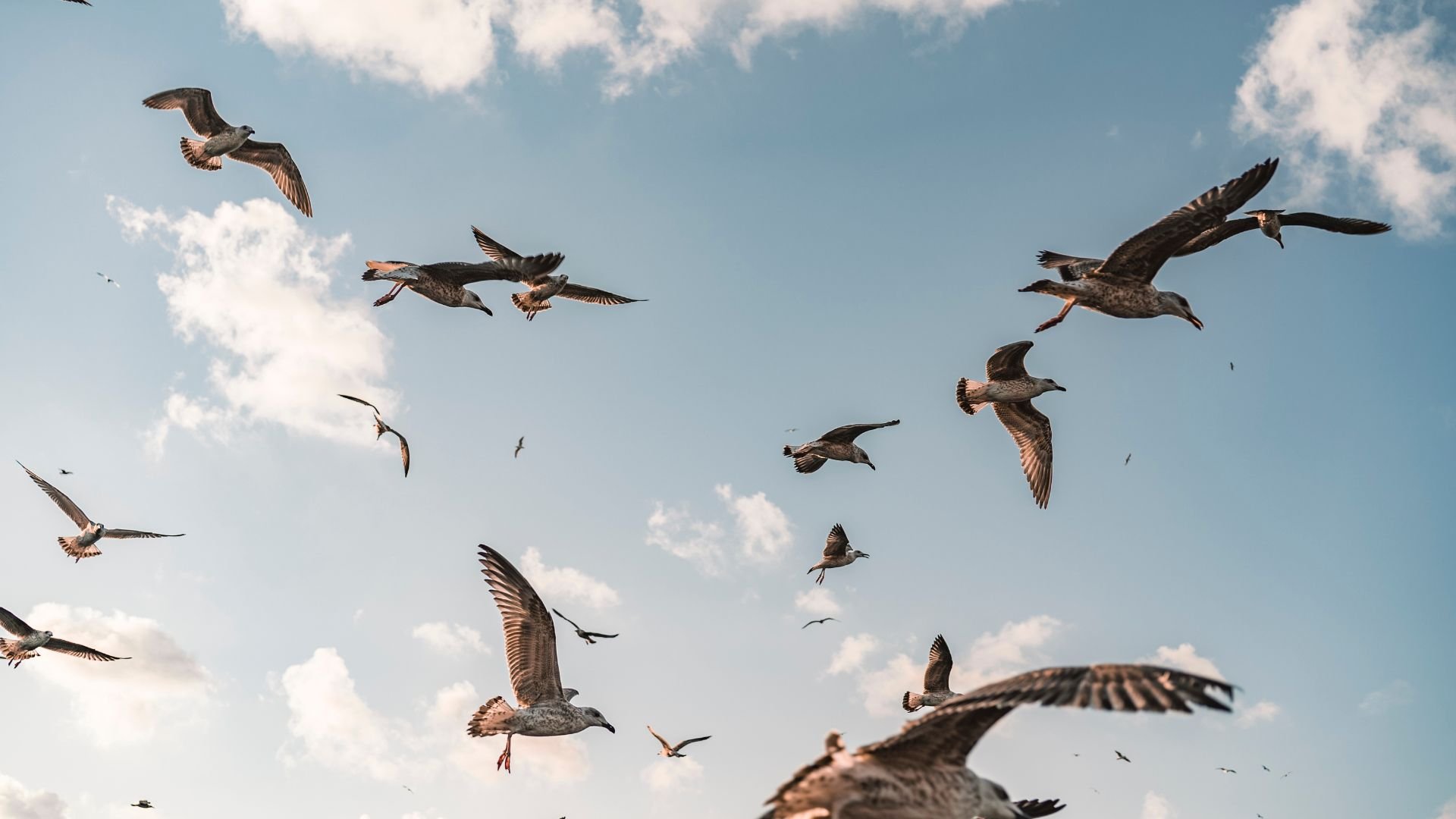
Wind turbines can also pose a risk to wildlife, particularly birds and bats that are local to the areas that best serve the needs of these traditional turbines.
While proper siting and advanced turbine designs could help minimize these impacts, noise and other disturbances from the turbines are also disrupting the local wildlife.
Japanese Company Has Created a Wind Turbine That Solves These Problems

With these issues in mind, a Japanese company set to work to create an innovative new wind turbine that took up less space and functioned properly with less wind.
Finally, they designed a streamlined turbine, known as the VCCT, with unique, counter-rotating blades that allow the turbine to generate substantial energy from winds as low as seven mph and as high as 134 mph.
Advantages of Japan’s New Wind Turbines

Additionally, VCCTs take up far less space as their blades are internal. Therefore, they can be placed much closer together than traditional wind turbines. VCCTs are much shorter at only 23 feet tall, instead of nearly 400 feet, so they won’t disturb the natural landscape.
Not to mention, these turbines are far quieter than traditional design, so they won’t disrupt residents living nearby.
VCCTs Are Perfect for Every Environment

For these many reasons, VCCTs are considered the perfect wind turbine for every environment; they can be used in busy metropolises or even towns with little space, in areas with less daily wind, and where residents want to protect a picturesque and serene landscape.
VCCTs are even safe for local wildlife. Kaname Takeya, founder and CEO of Kanoa Winds, explained, “The VCCT wind turbines in Japan have been known to have birds nesting within the device, proving the safety and coexistence between the birds and the VCCT technology.”
A Country Turbine in the Big City
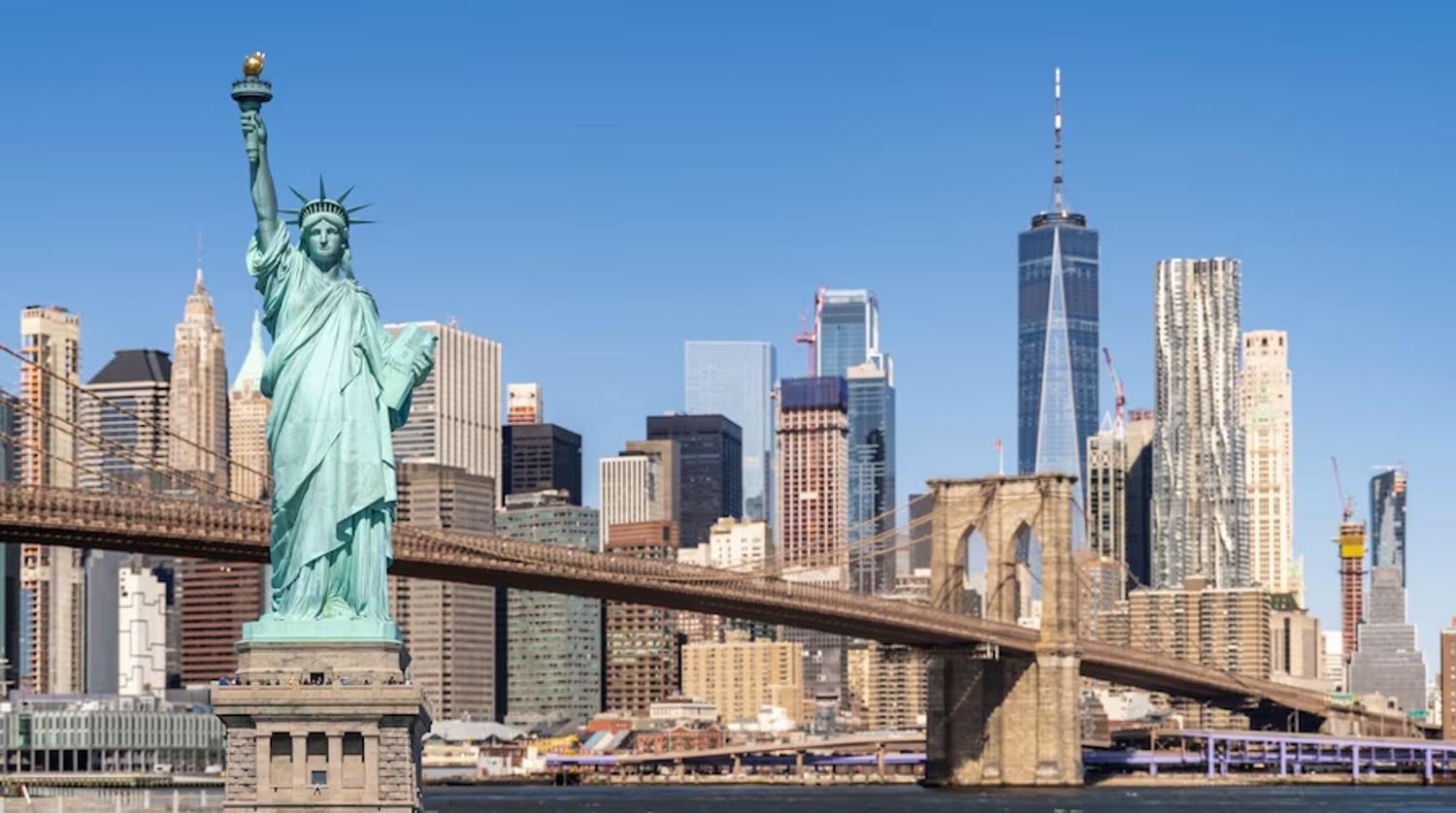
VCCTs have several major advantages over traditional wind turbines. The vertical VCCT’s unique shape allows it to easily fit between buildings.
This allows them to be placed between buildings, bringing wind turbines into urban communities for the first time.
A Wider Range of Speed

One of the key features of VCCTs is that they can generate power at a much wider range of wind speeds compared to traditional wind turbines.
VCCTs can operate at wind speeds between about 7 and 134 miles per hour. Traditional horizontal-axis wind turbines, in contrast, typically stop generating power at wind speeds of about 44 miles per hour.
Kanoa Winds: The Future of Wind Turbines in America
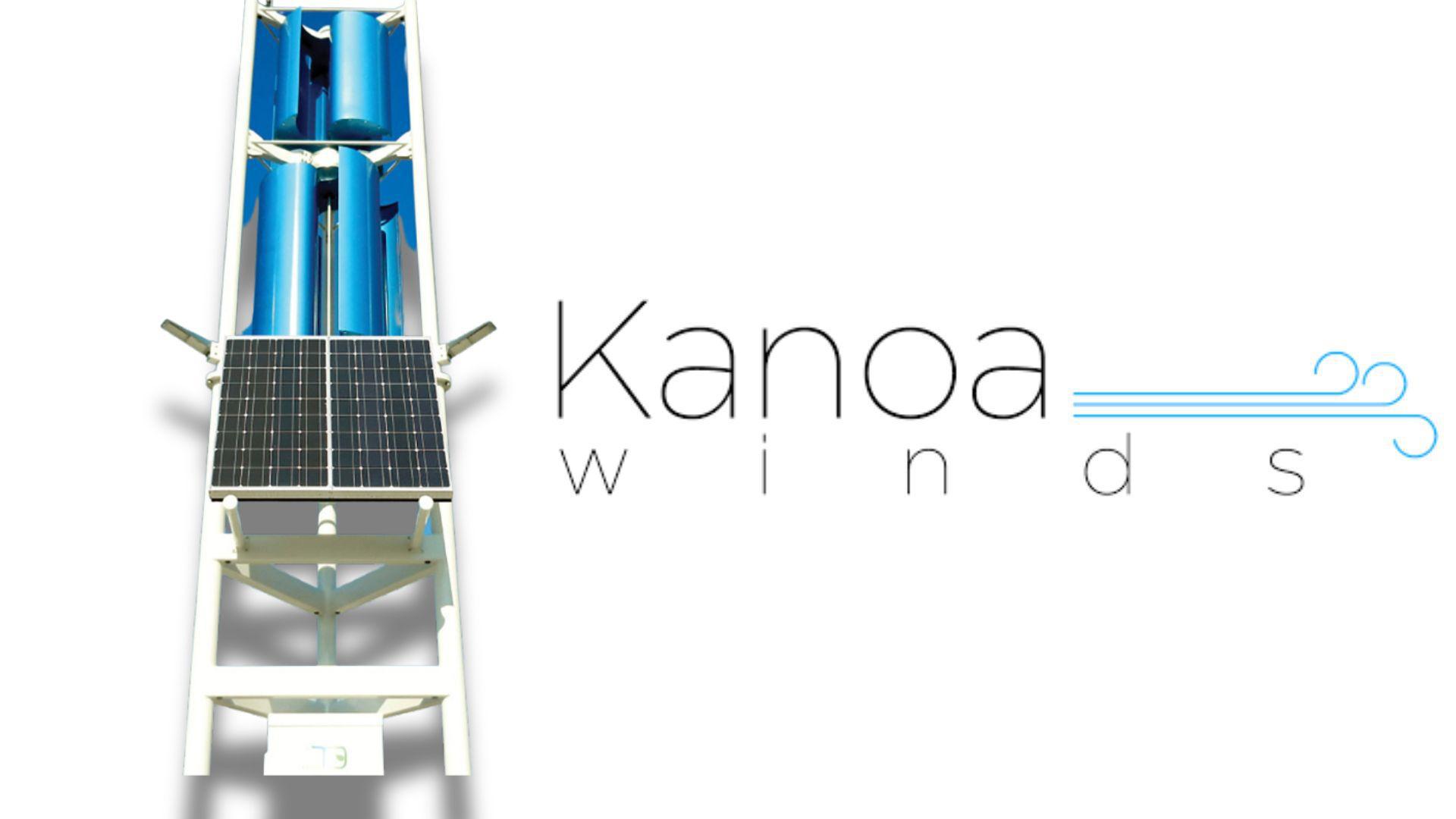
Kanoa Winds is the name of the company that plans to utilize these innovative Japanese turbines in Hawaii.
They believe that VCCTs could be the future of renewable energy for the US and the world, but decided to start in Hawaii as the state is breathtakingly beautiful, has little land for large wind farms, and uses an excessive volume of fossil fuels.
VCCTs Are Perfect for Hawaii’s Natural Landscape
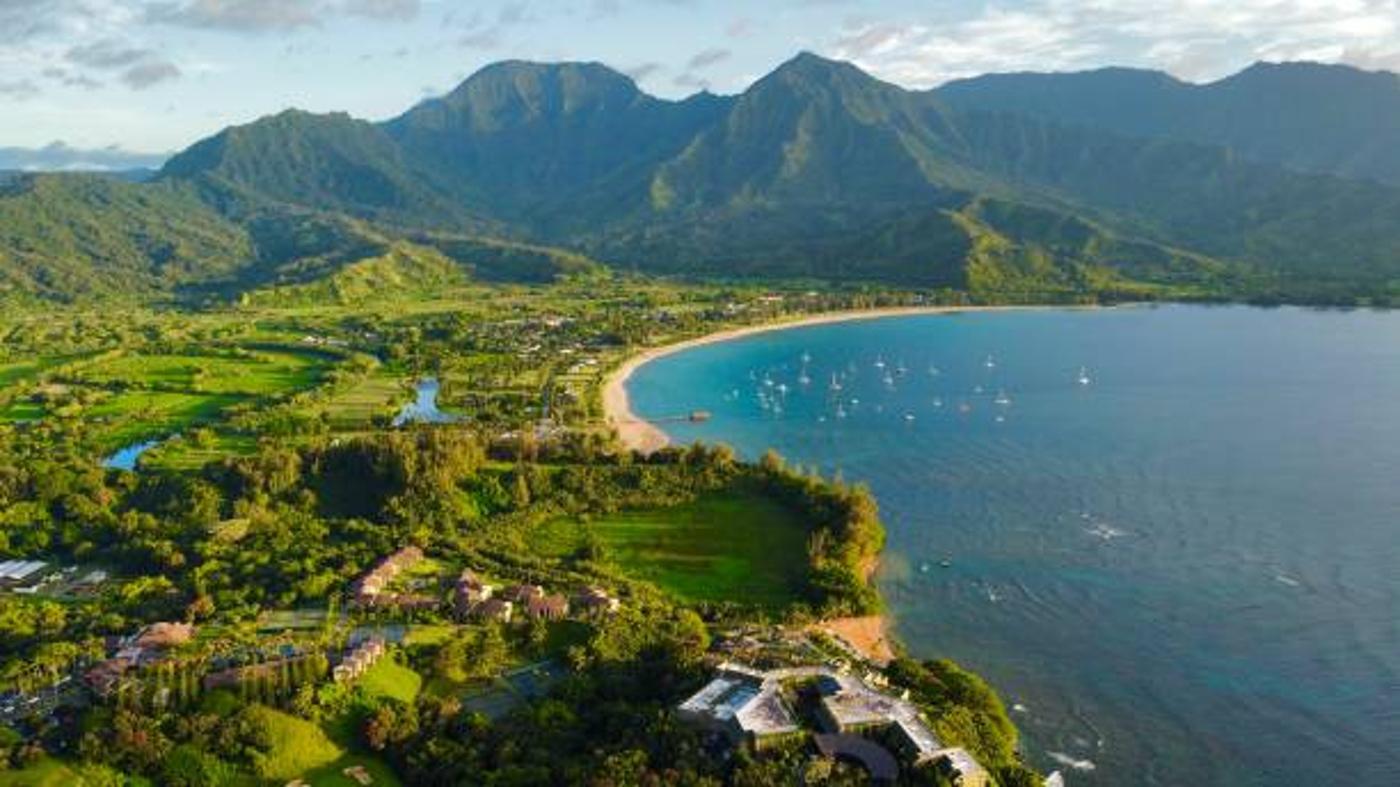
Kanoa Winds explained specifically why they chose Hawaii for the initial project: “Hawaii is currently heavily dependent on petroleum for its energy needs, more so than any other state.”
They continued, “By introducing our wind power system technologies in Hawaii, Kanoa Winds is providing a sustainable and renewable alternative to petroleum, thereby reducing the state’s dependence on fossil fuels and contributing to a more sustainable future.”
Little to No Noise Pollution
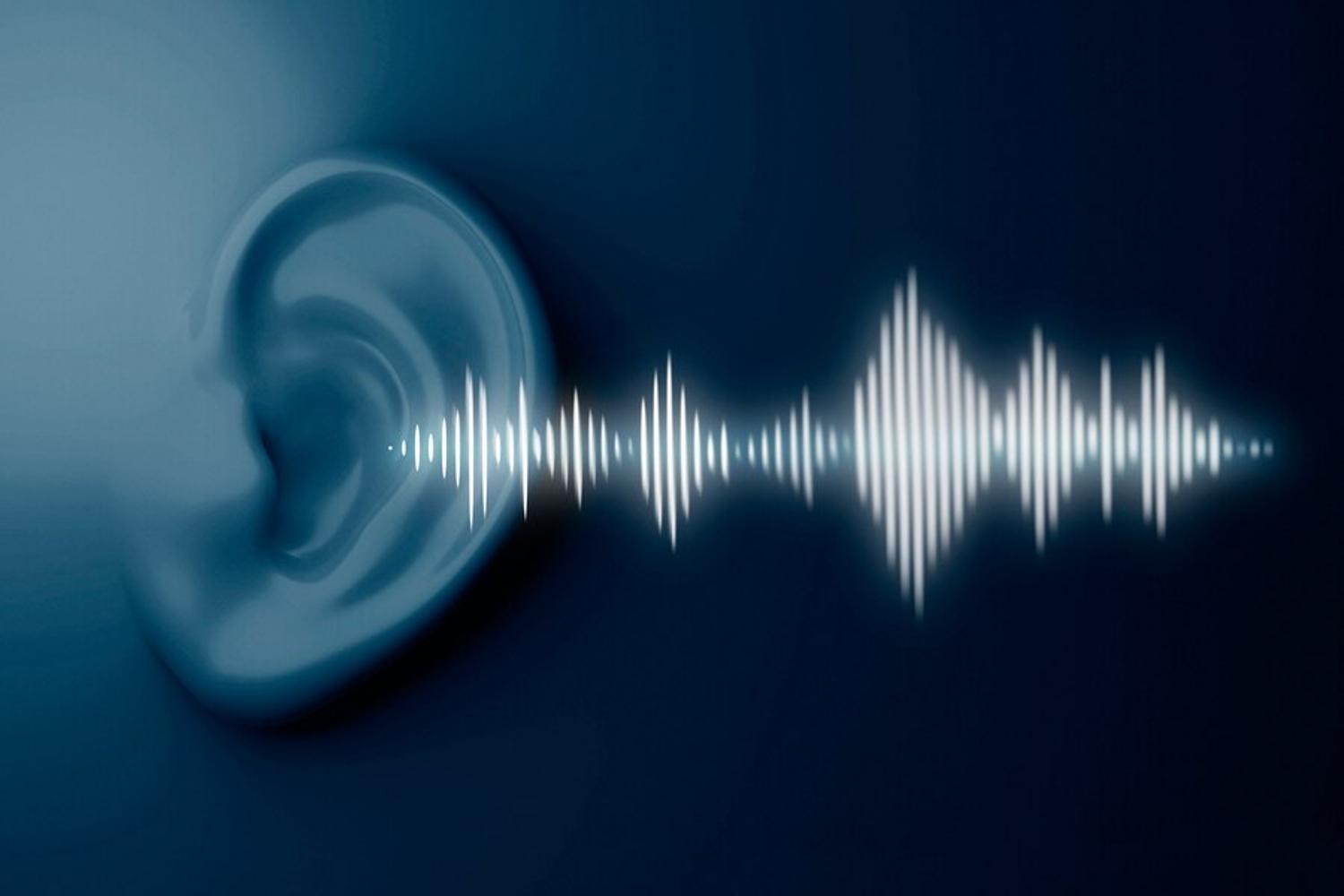
Another advantage to the wildlife is that noise pollution with VCCT is at an all-time low. No longer will wildlife be disrupted by the whooshing of large blades rotating in the sky.
The lack of noise also makes VCCTs ideal for cities as they do not add to the noise pollution already caused by traffic and the day-to-day life of residents.
A Quiet Machine

The design of the VCCTs allows for bidirectional rotation of its two-tier blades. This creates a strong torque that proves that the ultra-modern turbine is a quiet, energy-producing machine.
This is a stark difference between traditional turbines that are located far from homes due to the noise pollution they create.
Testing the Turbines

Board members of a state agency that owns the planned demonstration site, the Hawaii Community Development Authority, unanimously agreed at a July 3 meeting to negotiate a three-year land use agreement for the project that would require Kanoa to obtain permits to establish the turbine system for a proposed two-year test period.
While Japan has proven that the turbines have worked for the last 18 years, change in the US could be coming soon if the test is a proven success.
Very Successful in Japan

“These compact vertical turbines are successfully used in densely populated areas throughout Japan,” Hawaiʻi Community Development Authority Executive Director Craig Nakamoto said in a statement to Spectrum News.
Now, Hawaii is ready to see if their communities are ready to adopt the vertical turbines in a new test.
Waiting for the Test

Kanoa Winds Inc., a Delaware-based company led by Kaname Takeya, will still need approval to establish the plans to research and demonstrate the power of the modern wind turbines to prove their value to the US.
But the claims of the potential benefits–both for people and the environment–have already caught the attention of many.
The Hawaii Community Development Authority Is Thrilled With the Project

The Hawaii Community Development Authority (HCDA) has partnered with Kanoa Winds to build the first VCCT unit near the Hawaii Technology Development Corporation Entrepreneur Sandbox in Honolulu.
HCDA executive director Craig Nakamoto explained, “We are very excited to be collaborating with Kanoa Winds to test this technology’s small but mighty ability to harness the power of wind, for a new alternative to Hawaii’s clean energy future.”
Japan Isn’t the Only Nation Working to Perfect Wind Turbines
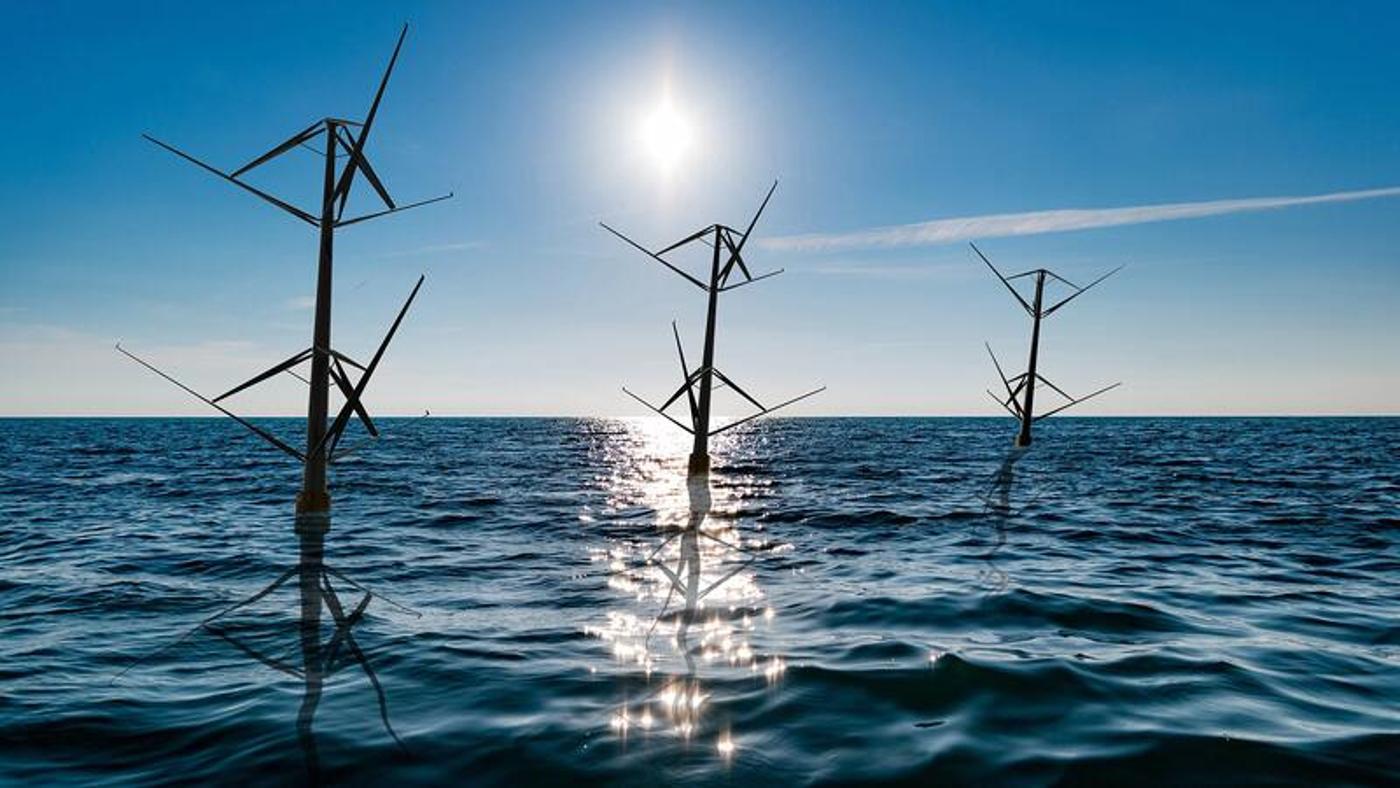
While the Japanese VCCTs are certainly an exciting new way to harness the wind, they are not the only option. Because of the many problems the traditional wind turbines present, engineers in several other countries have been working to create smaller, quieter, and more efficient options.
Norwegian company World Wide Winds has been working on a unique floating wind turbine; it’s smaller, more efficient, and far simpler to install than the large traditional models.
A Valuable Tool for the US

These benefits provide affordable, safe, and reliable energy for local residents without generating the toxic and heat-trapping air pollution associated with less eco-friendly sources like coal.
If successful, the VCCT could become a valuable tool in our efforts to cool the Earth and create a healthier world for everyone.
Wind Turbines Could Help Save the Planet From Climate Change
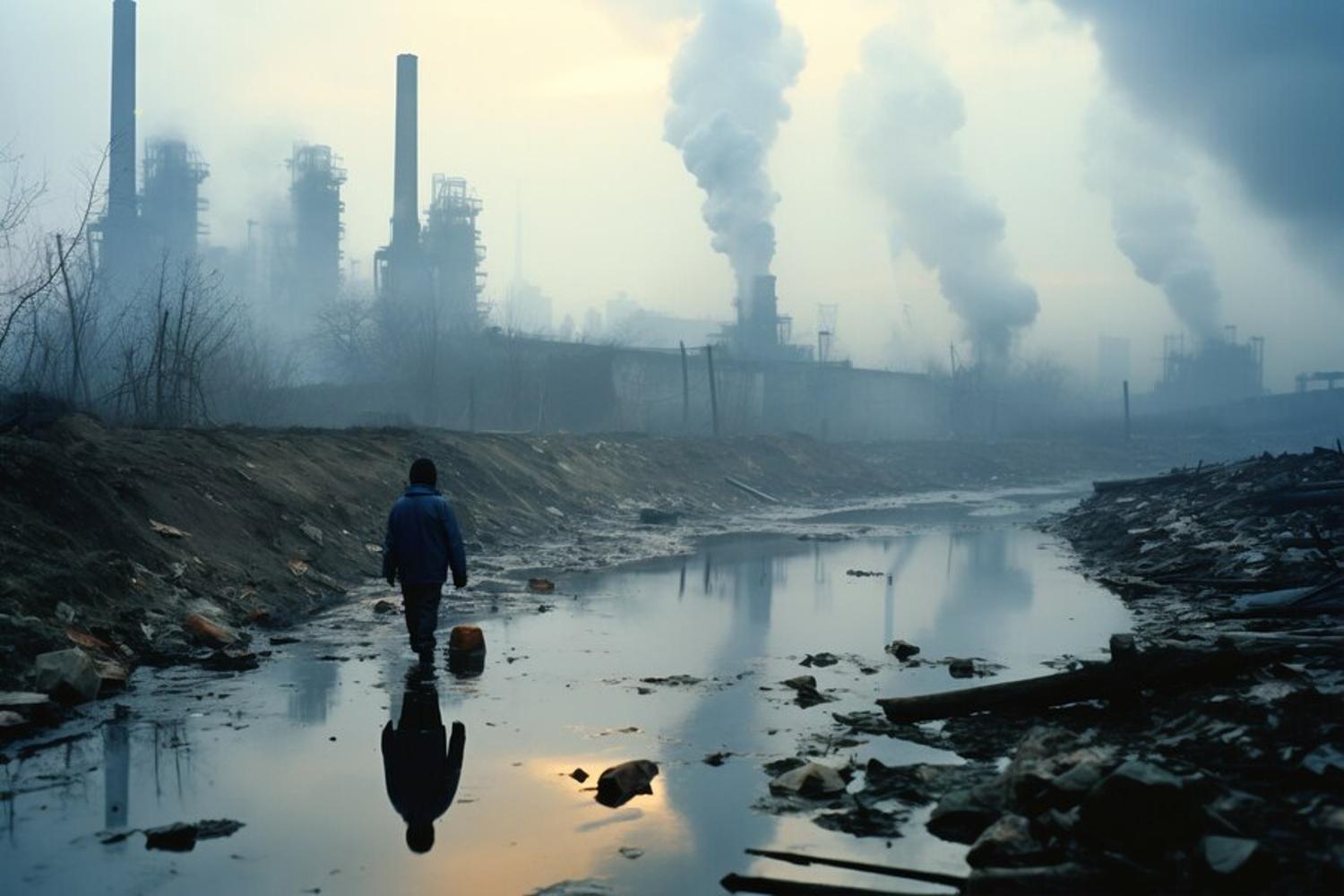
As Kanoa Winds mentioned, wind turbines will help Hawaii create a more “sustainable future.” If the VCCTs work as they’re supposed to, this new design could and, hopefully, will be utilized all over the continental United States.
As we all know, the continued use of fossil fuels will undoubtedly lead to extreme side effects of climate change which could all but destroy the planet we live on. Wind turbines could at least provide enough energy to cut back on fossil fuel use, if not eliminate them completely.
It’s Time to Take Action to Protect the Planet

Some say that renewable power sources like wind turbines and solar panels will never be able to replace fossil fuels.
However, if the smartest minds on the planet keep working to build more efficient models, they could prove the naysayers wrong in no time.
Not Giving Up
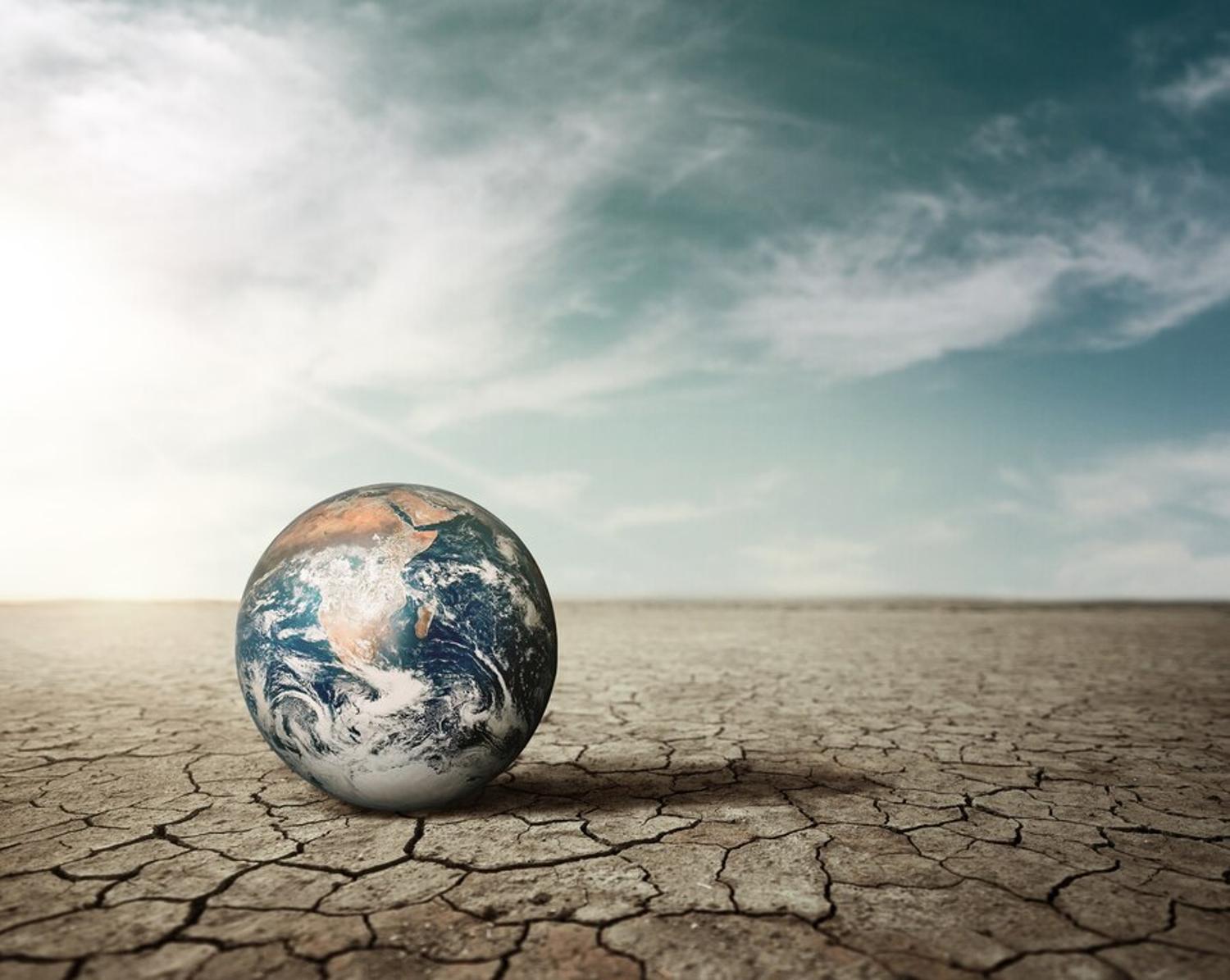
Realistically, we cannot give up, even though it is an uphill battle.
Saving the planet is absolutely necessary for our species and all the others that live here and renewable energy is absolutely the best way to do so.








































